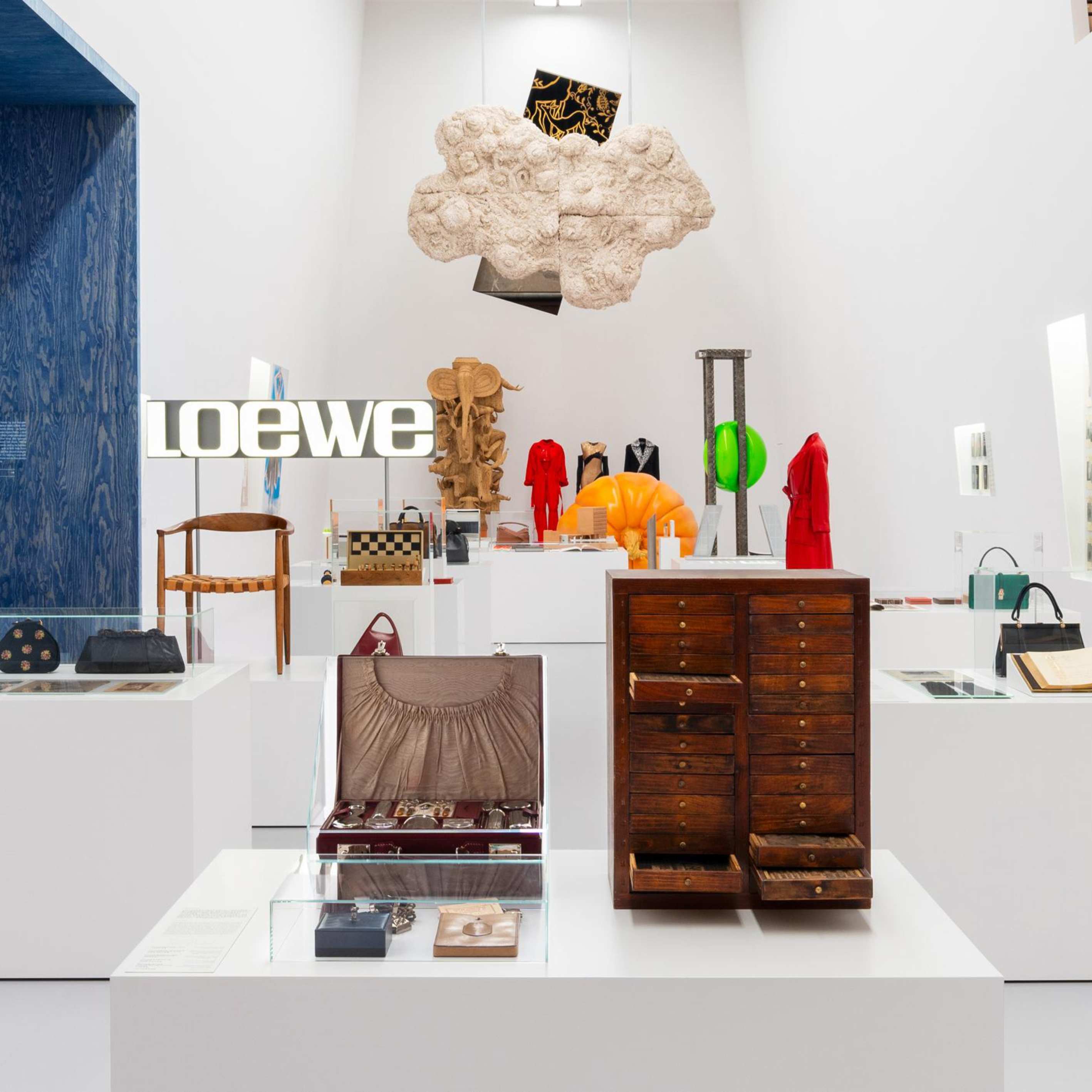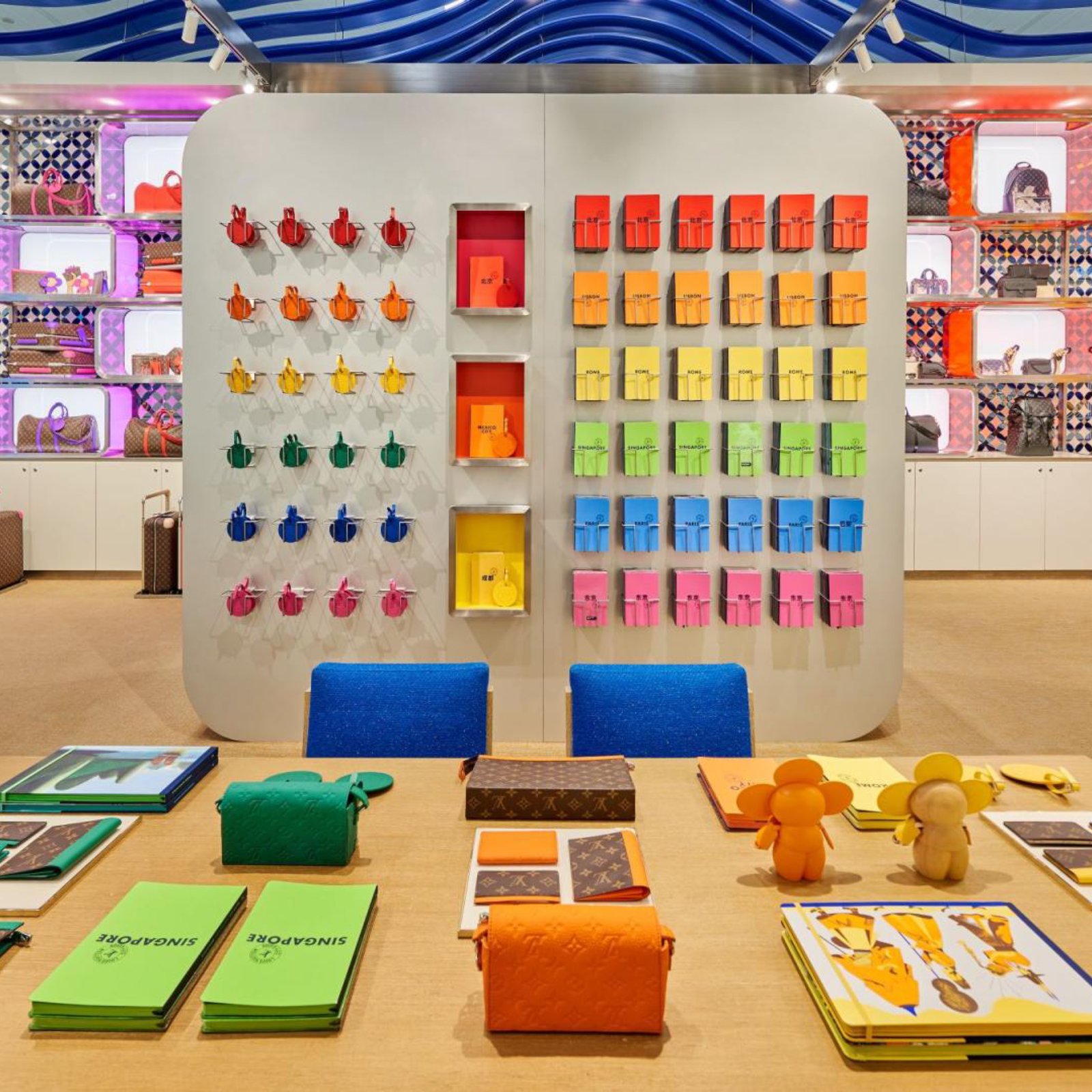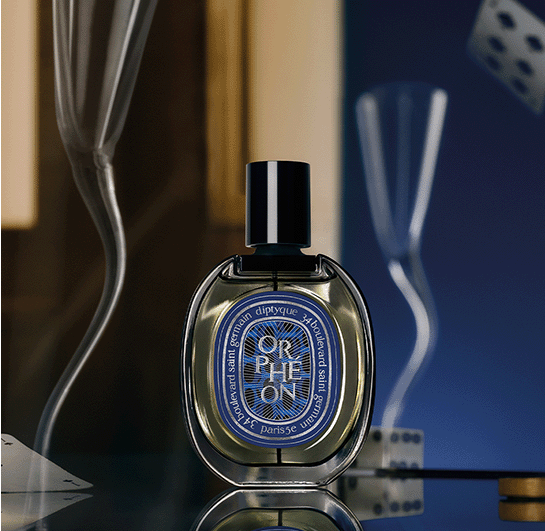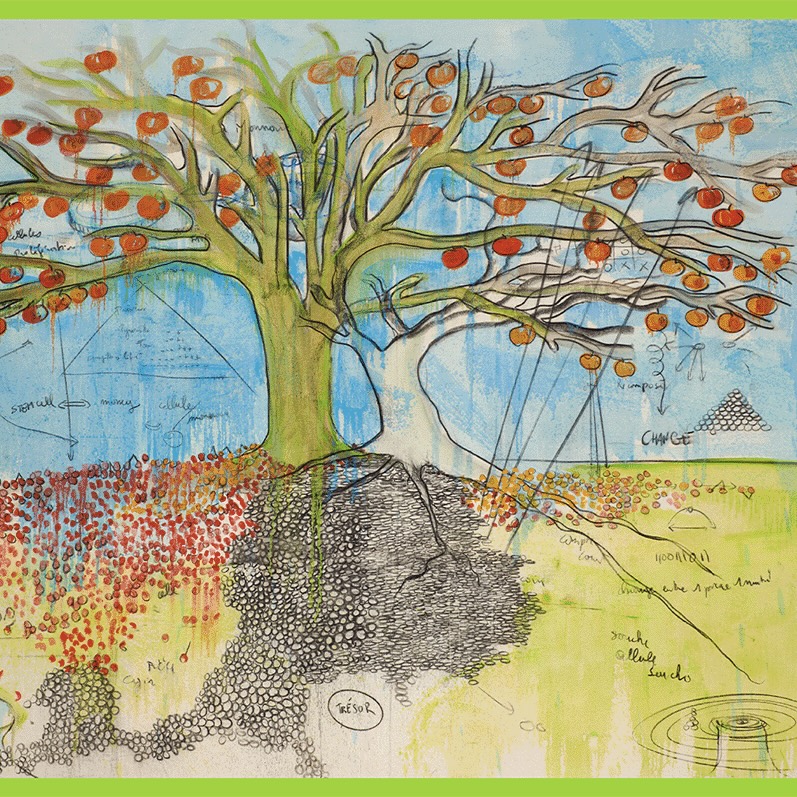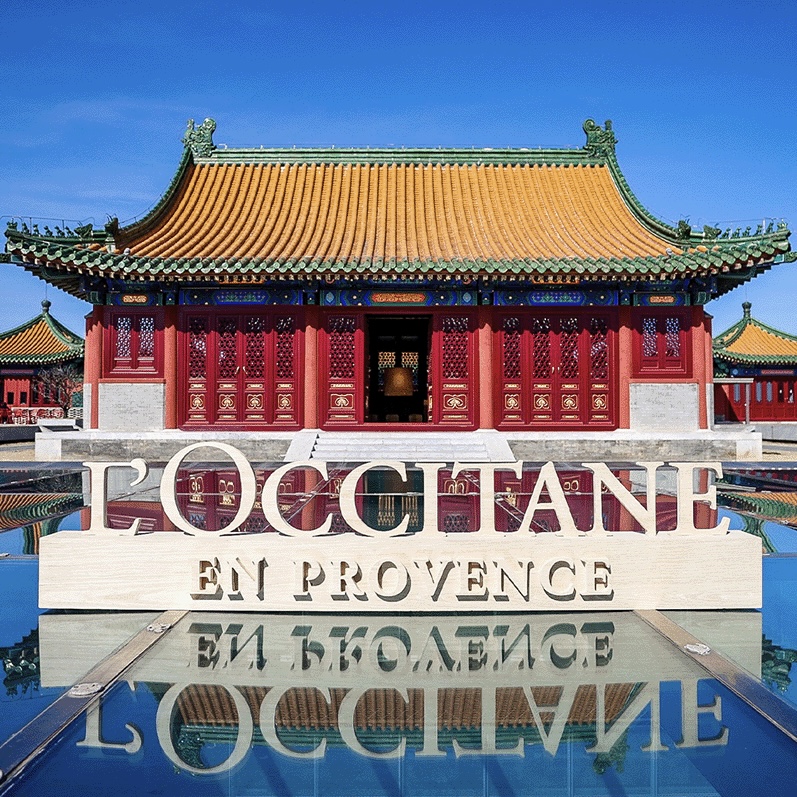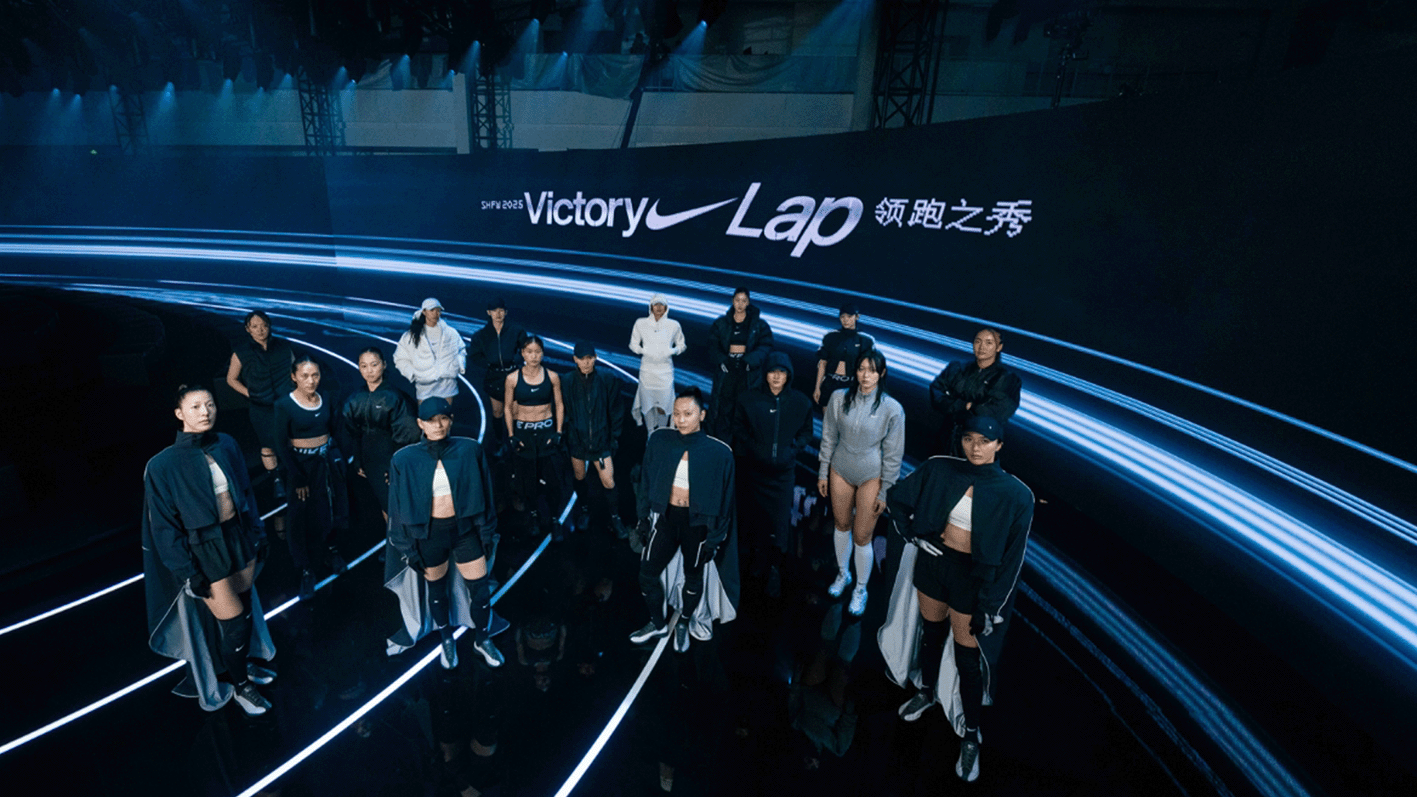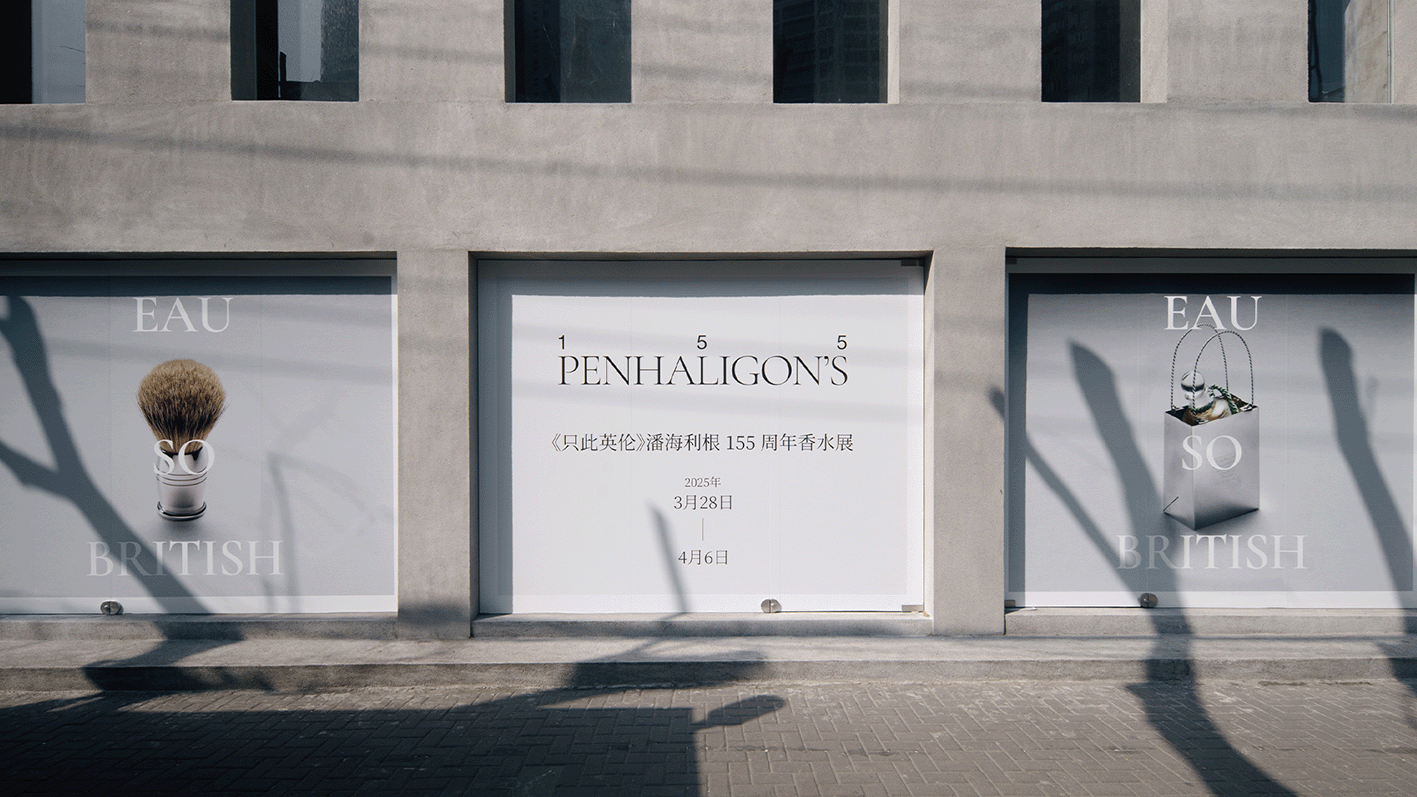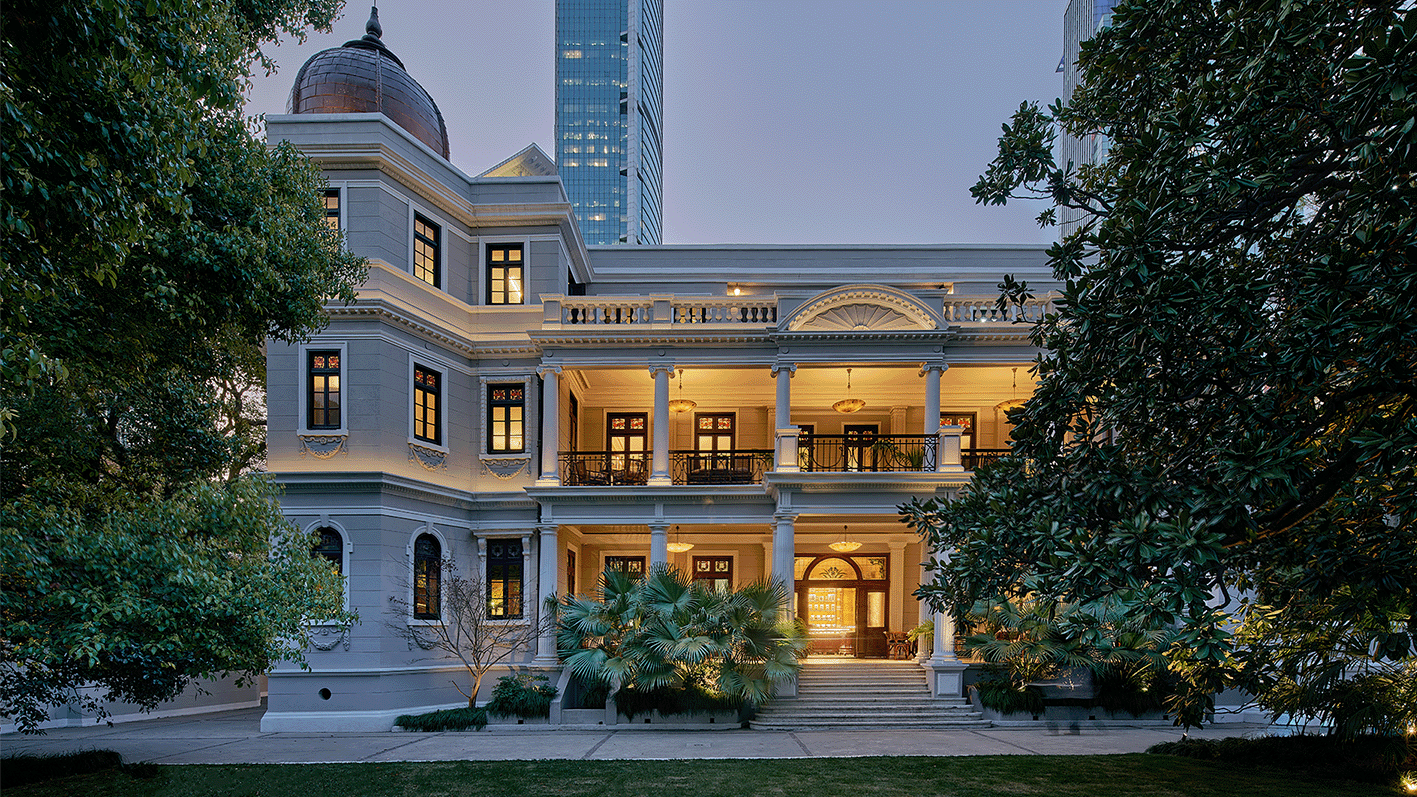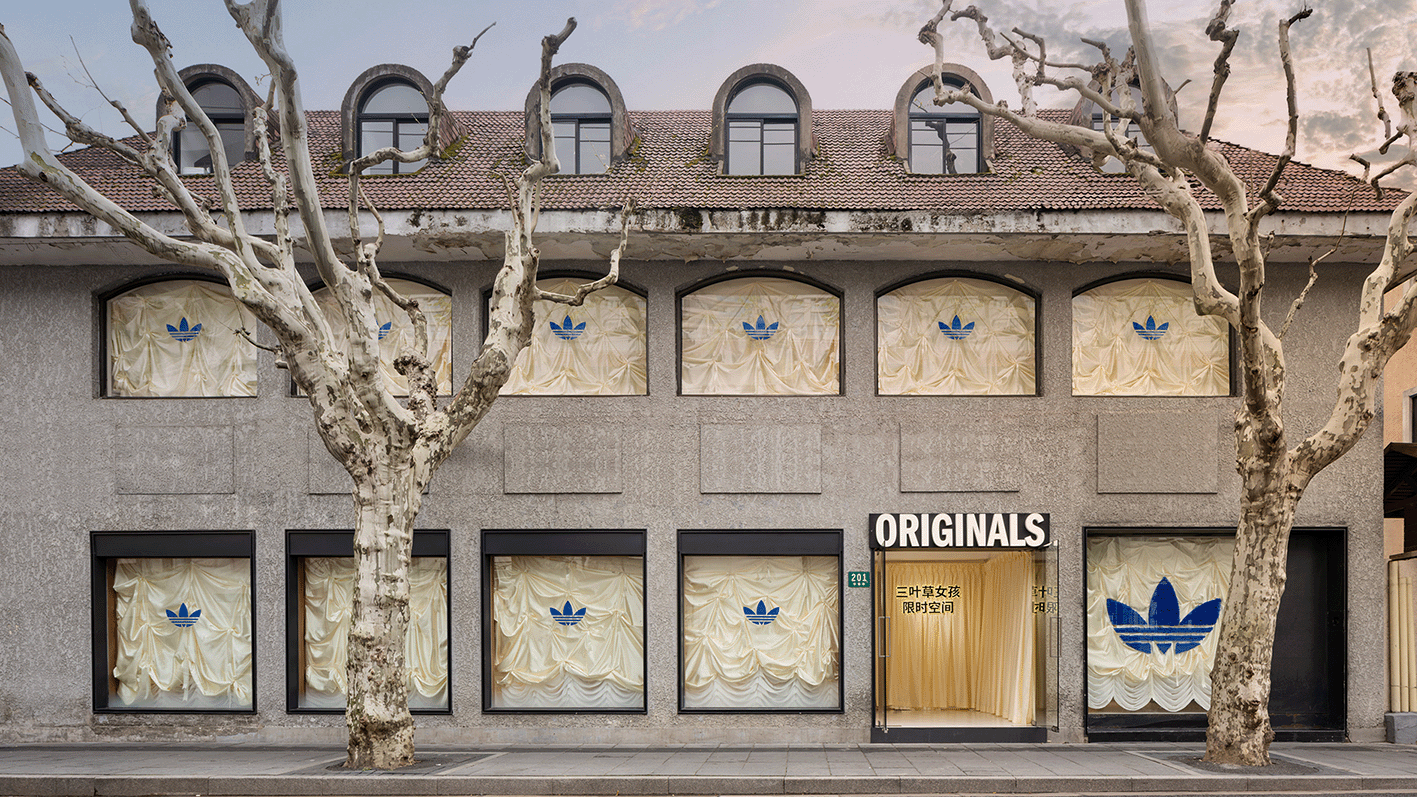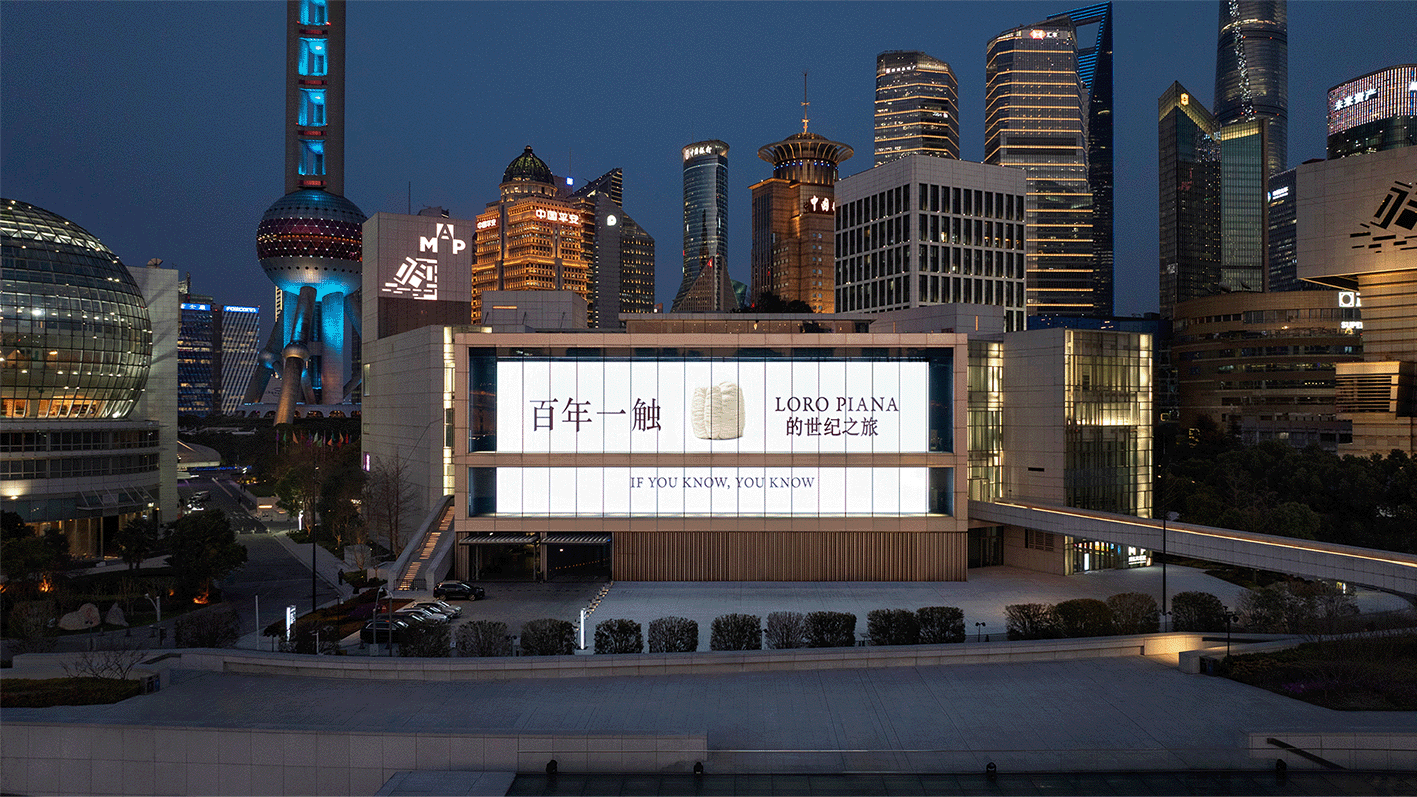- FEATURE
- |
- MERGERS & ACQUISITIONS
- |
- FINANCIAL
- |
- MARKETING
- |
- RETAIL
- |
- ESG-SUSTAINABILITY
- |
- LIFESTYLE
- |
-
MORE

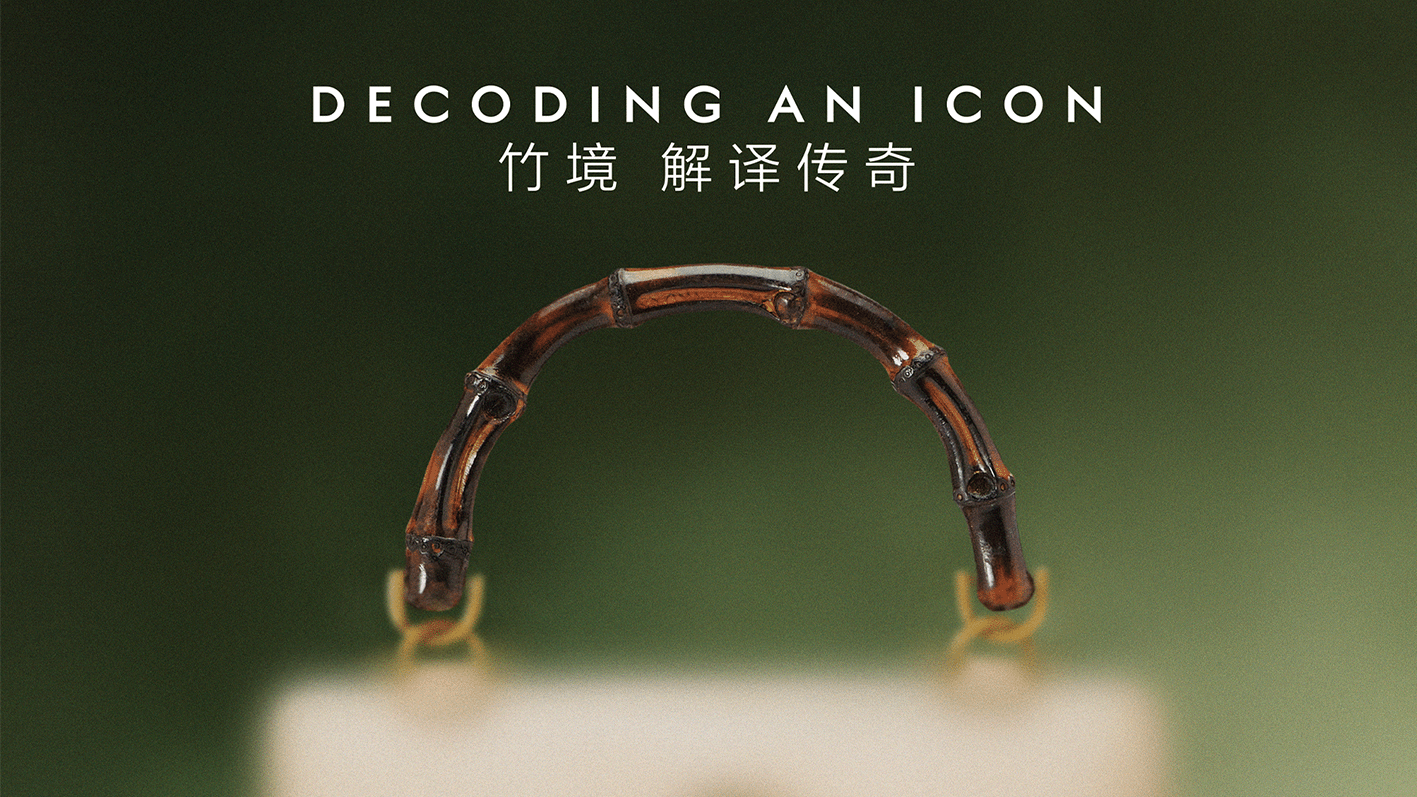
On March 28, Gucci launched its latest exhibition, Decoding an Icon, at Sunke Villa in Shanghai. Open to the public from April 1 to April 6, the exhibition offers an in-depth exploration of the Gucci Bamboo 1947’s rich heritage, craftsmanship, and contemporary reinventions. Curated and designed by 2050+, it brings together historical archives, artisanal deconstruction, and artistic reinterpretations to celebrate the enduring influence of this iconic design.
More than just a material, bamboo carries deep cultural significance. In Chinese tradition, it has long been a symbol of resilience, humility, and integrity—values woven into literature, art, and philosophy. The exhibition takes place at Sunke Villa, a historic architectural gem that has witnessed the passage of time, offering a compelling setting where bamboo as a design motif finds new relevance in today’s world.
Since its inception in 1947, the Gucci Bamboo 1947 has stood as one of the house’s most defining creations. Its design draws from the equestrian world, echoing the meticulous craftsmanship of leather saddlery. The instantly recognizable curved bamboo handle—both the bag’s namesake and an homage to the cane cherished by Guccio Gucci’s son—has remained a constant through decades of stylistic evolution. To this day, artisans at Gucci’s Florentine workshop shape each bamboo handle by hand using an open flame, a meticulous process that enhances its curvature and texture, embodying the house’s legacy of craftsmanship.
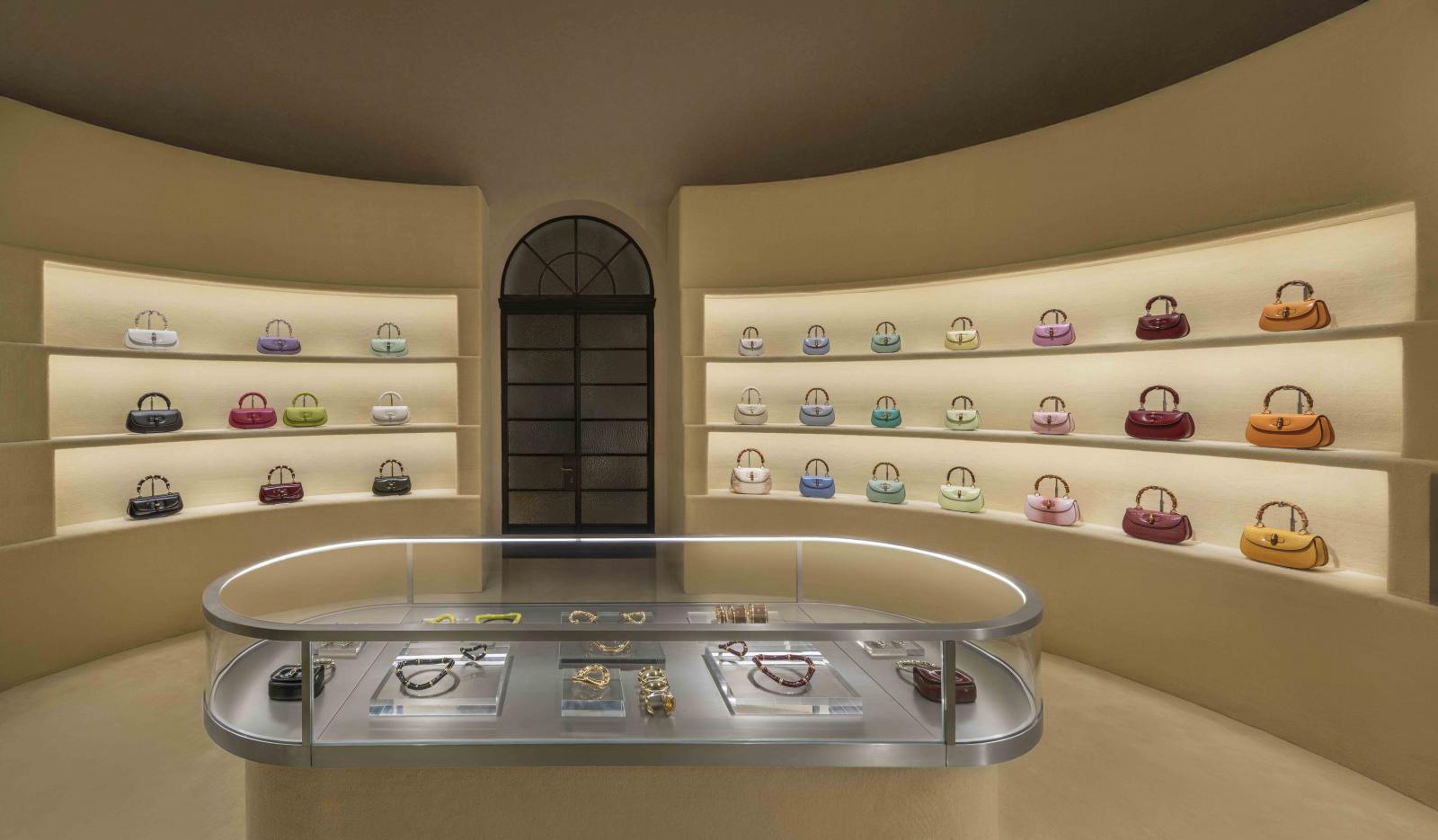
Divided into seven thematic spaces, the exhibition blends historical retrospectives with immersive installations and contemporary artistic expressions, showcasing bamboo as a symbol of continuity between nature and innovation, tradition and modernity. Featured artists include Sybil Montet, Francesco D’Abbraccio (Lorem), Christian Kondić, and Chen Yanran, each bringing a fresh perspective through CGI, AI-driven visuals, and traditional craftsmanship.<

